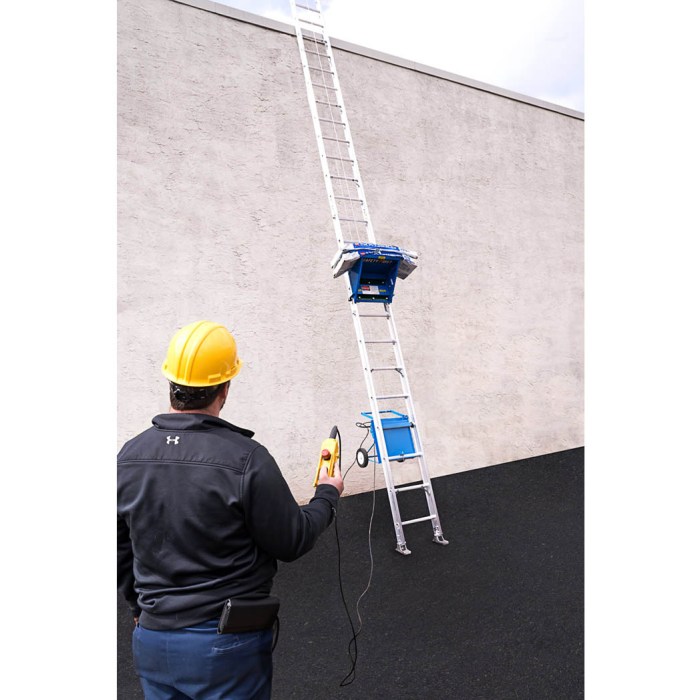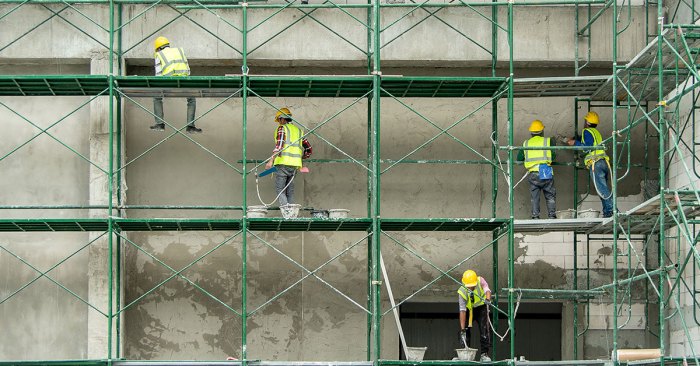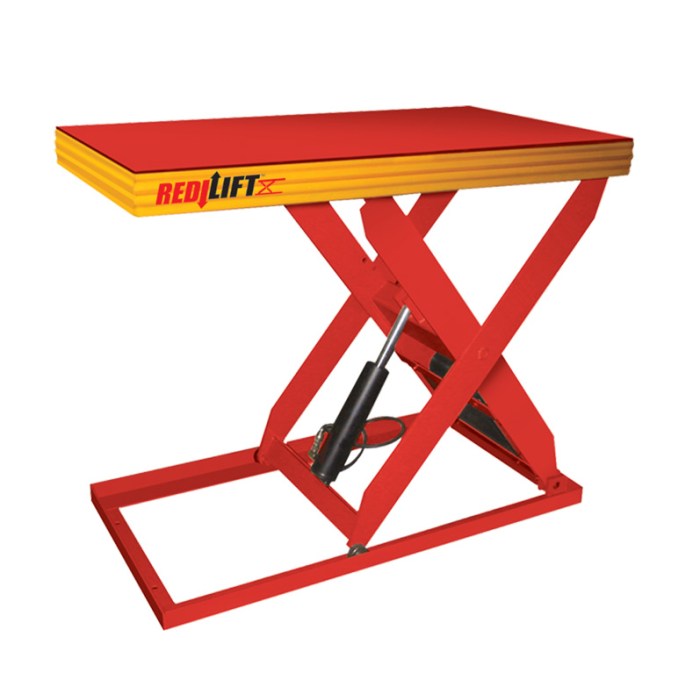Cranes ladders scaffolds backhoes and paint rollers all present – Cranes, ladders, scaffolds, backhoes, and paint rollers are indispensable tools on construction sites, each serving a distinct purpose and contributing to the efficient completion of projects. This comprehensive guide provides an overview of these essential pieces of equipment, emphasizing safety considerations, site preparation, operation techniques, maintenance, and storage practices.
Understanding the proper use and maintenance of this equipment is crucial for ensuring safety, productivity, and project success. Let’s delve into the intricacies of each equipment type, exploring their applications, hazards, and best practices.
Equipment Overview

Cranes, ladders, scaffolds, backhoes, and paint rollers are essential equipment in construction and various industries. They enable efficient and safe execution of tasks at heights, facilitate transportation of materials, and provide support for workers and equipment.
Cranes are heavy machinery used to lift and move heavy objects. They come in various types, including tower cranes, mobile cranes, and crawler cranes, each designed for specific tasks and load capacities.
Ladders are simple and versatile equipment used for accessing heights. They are typically made of aluminum or fiberglass and come in different lengths and styles, including step ladders, extension ladders, and multi-purpose ladders.
Scaffolds are temporary structures that provide a safe and stable platform for workers to perform tasks at heights. They are commonly used in construction, painting, and maintenance work.
Backhoes are excavators with a backhoe attachment, which enables them to dig trenches and perform excavation work. They are widely used in construction, landscaping, and infrastructure projects.
Paint rollers are handheld tools used to apply paint evenly and efficiently on surfaces. They come in various sizes and materials, including foam rollers, nap rollers, and specialty rollers.
Safety Considerations
Safety is paramount when using construction equipment. Each type of equipment poses unique hazards that must be carefully addressed.
Cranes pose risks of falls, crushing injuries, and electrocution. Proper training, load assessments, and regular inspections are crucial for safe operation.
Ladders can cause falls if not used properly. It is essential to inspect ladders before use, ensure they are stable, and follow proper climbing techniques.
Scaffolds must be erected and maintained according to safety standards to prevent collapses and falls. Regular inspections, proper bracing, and fall protection measures are critical.
Backhoes have the potential for rollovers, cave-ins, and contact with underground utilities. Operators must be trained, use proper safety precautions, and be aware of their surroundings.
Paint rollers pose minimal safety risks, but proper ventilation and appropriate handling of solvents are important to prevent health hazards.
Site Preparation
Proper site preparation is essential for safe and efficient equipment operation.
Factors to consider include ground conditions, access points, and safety zones. The ground must be stable enough to support the equipment and withstand its weight.
Access points should be clear of obstacles and provide adequate space for equipment movement. Safety zones should be established to protect workers and the public from potential hazards.
Site preparation may involve leveling the ground, clearing debris, and setting up barriers and signage.
Equipment Operation, Cranes ladders scaffolds backhoes and paint rollers all present
Proper equipment operation is crucial for safety and productivity.
Cranes require trained operators with a clear understanding of load capacities, rigging techniques, and safety protocols.
Ladders should be used according to their intended purpose, with proper positioning and support. Climbing ladders with tools or materials should be avoided.
Scaffolds must be erected and dismantled by qualified personnel. Workers using scaffolds should wear appropriate fall protection gear.
Backhoes require trained operators who are familiar with excavation techniques, soil conditions, and safety procedures.
Paint rollers are relatively simple to use, but proper techniques and surface preparation ensure a professional finish.
Maintenance and Inspection
Regular maintenance and inspection are essential to ensure equipment safety and longevity.
Cranes require periodic inspections, lubrication, and component replacements to maintain their structural integrity and functionality.
Ladders should be inspected before each use for damage or defects. Regular cleaning and occasional repainting help prevent corrosion and extend their lifespan.
Scaffolds must be inspected regularly for loose connections, damaged components, and proper bracing. Regular maintenance includes cleaning, lubrication, and replacement of worn parts.
Backhoes require regular maintenance, including oil changes, filter replacements, and inspections of hydraulic systems, undercarriage, and attachments.
Paint rollers should be cleaned after use and stored properly to prevent drying out or damage to the roller cover.
Storage and Transportation
Proper storage and transportation of equipment are important to maintain their condition and prevent damage.
Cranes must be stored in a dry, secure location, with components properly secured to prevent movement during transportation.
Ladders should be stored upright in a clean, dry area to prevent damage or deformation. Transporting ladders requires securing them to prevent movement and potential damage.
Scaffolds should be dismantled and stored in a dry, protected area. Components should be organized and protected from weather and corrosion during transportation.
Backhoes should be stored on a level surface with the boom and dipper lowered. During transportation, they must be secured on a trailer or flatbed to prevent movement.
Paint rollers should be cleaned and stored in their original packaging or a protective container to prevent damage to the roller cover.
Essential Questionnaire: Cranes Ladders Scaffolds Backhoes And Paint Rollers All Present
What are the primary hazards associated with using ladders?
Ladders pose risks such as falls, slips, and electrocution. Always inspect ladders before use, ensure they are on stable ground, and avoid overreaching.
How often should scaffolds be inspected?
Scaffolds should be inspected daily before use and after any significant event, such as storms or heavy equipment operation nearby.
What is the proper way to store paint rollers?
Paint rollers should be stored in a cool, dry place, suspended to prevent deformation and wrapped in plastic to prevent drying out.


